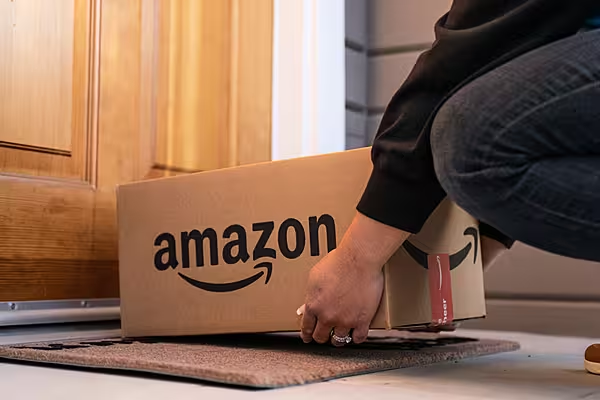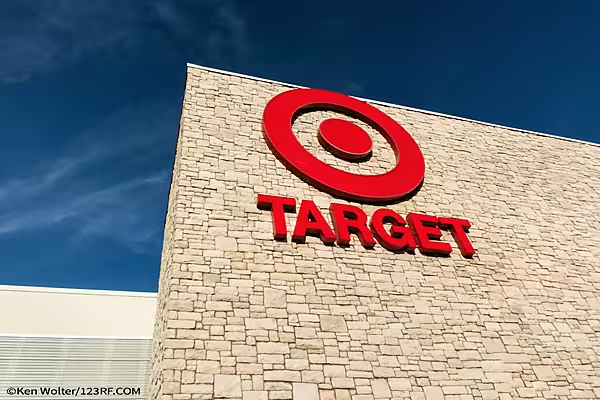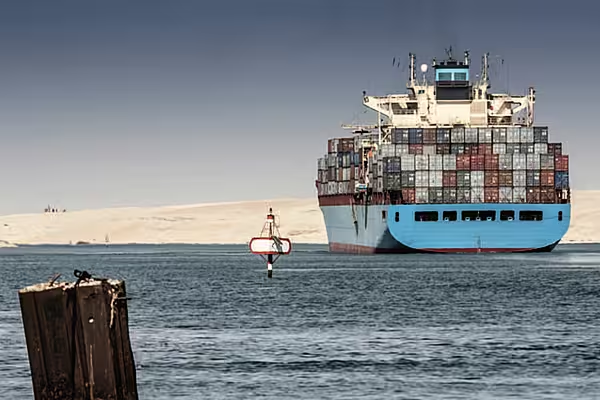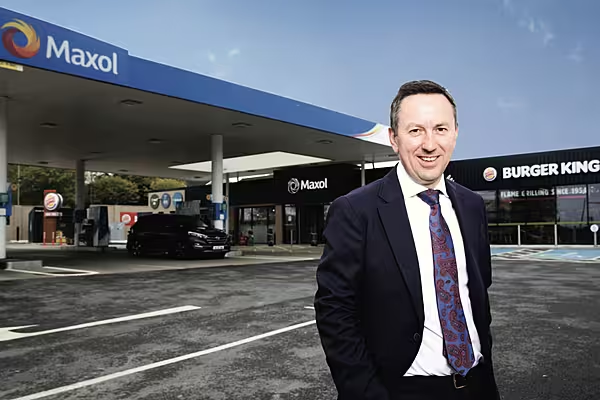As Amazon.com Inc. pushes into Southeast Asia with a new venture into Singapore, the online retailer is facing some tough hurdles. Shopping in air-conditioned malls is practically a national sport, and e-commerce rivals moved in long ago.
Delivery delays also marred Amazon’s debut in July, when on-the-ground operations began with Prime Now two-hour deliveries. Even when including orders placed on its main U.S. website, Amazon lags behind local web store Lazada and its parent, Alibaba Group Holding Ltd.
Store Penetration
For the island country’s consumers, a store or a shopping center is usually just minutes away. In fact there are too many stores, with mall operators scaling back operations after years of over-expansion. While retailers blame a weaker economy and increased web shopping, the country of 5.6 million trails most of the developed world when it comes to e-commerce. Just 4.6 percent of Singapore’s retail sales took place online last year, compared with 15 percent in the U.K. and 10 percent in the U.S., according to Euromonitor International.
“Singapore is a very small city-state, so shopping is one of the favorite pastimes for all Singaporeans,” said Chan Hock Fai, a fund manager at Amundi Asset Management. Because retailing is a more mature market in the country, compared with emerging retail and e-commerce markets, “growth rates are harder to come by,” he said.
At stake is a Southeast Asian e-commerce market that’s projected to reach $88 billion by 2025, according to a report by Google and Temasek Holdings Pte. While Amazon is firmly established in Japan, the web retailer has mostly ceded China to Alibaba and JD.com Inc. India remains a top priority, with Chief Executive Officer Jeff Bezos committing $5 billion to expand and vanquish local rival Flipkart Online Services Pvt. Australia could soon be another new market for Amazon.
“We’ve launched Prime Now in 50 cities across nine countries and Singapore is our biggest launch ever,” said Amanda Ip, a spokeswoman at Amazon Prime Now. “We are grateful for the exciting response from customers.”
Jin-Yan Ang, 29, is an Amazon Prime shopper who decided to use the service when he wanted to buy a Go-Pro action camera two days before going on vacation. After that, he also ordered chilled wine for a party and other daily necessities. “On the down side, Amazon Prime Now needs to improve the variety of offerings,” said Ang, a procurement manager.
In terms of scale, Lazada dwarfs Amazon locally, offering more than 30 million products compared with tens of thousands via Prime Now. The Asian online retailer, originally founded by Rocket Internet SE in 2011, has more than 6.6 million unique visitors a month and has seen orders triple from 2016.
Massive Potential
“There is huge potential for the e-commerce industry in Singapore,” said Alexis Lanternier, Lazada Singapore’s CEO. “Online shopping in this market is certainly gaining traction here with 3 out of 5 people shopping online, and we believe this is the direction forward for the retail industry in Singapore.”
Although Singapore-based online retailers are relatively new, consumers there have been shopping online for years, getting their merchandise shipped directly from the U.S., China and other places. That’s why Lazada-Alibaba’s web stores had 988,000 unique visitors in August, followed by 698,000 for Amazon and 432,000 for Giosis Pte’s Qoo10, according to ComScore. Because the numbers don’t account for mobile orders, Amazon’s Prime Now sales aren’t included and weren’t disclosed by the company.
“While online shopping is really convenient, I prefer to buy things in-store.” said Lisa Tan, 32, a small business owner. “I like the experience — sights and even sounds — of shopping in stores. It’s definitely more convenient in Singapore; everything is pretty much within reach. I only shop online for things I can’t easily buy in Singapore and on sites like Taobao and Amazon.”
Amazon’s decision to introduce Prime Now first in Singapore underscores the need to get merchandise into the hands of shoppers as soon as possible. Usually, the web retailer introduces the rapid-delivery service after a market matures, when it’s able to build up a fast logistics network. In its limited free trial, consumers in Singapore can get tens of thousands of items delivered to their door with free delivery on orders of more than S$40 ($29). Previously, Singaporeans were only able to order select items on Amazon’s website, with some products subject to costly international shipping fees.
Offline Push
For web retailers, the lure of opening a physical store to cater to Singaporean shoppers is proving hard to ignore. Vivre Activewear, an exercise clothing brand that was first launched online in April 2014, decided to open a store two years ago because customers prefer to see “the real things,” according to Kevin Chia, the apparel maker’s co-founder. Now, 80 percent of the brand’s total revenue is derived from store sales, he said.
“You just need to be present for your shopper whenever she feels like she’s ready to buy,” said Ali Potia, who runs McKinsey & Co.’s Asia Consumer Insights Center.
Lazada has already teamed up with Singapore real-estate operator CapitaLand Ltd., letting people shop online and pick up merchandise at a nearby mall. “This closes the online-to-offline loop and gives customers the full shopping experience,” Lanternier said.
Amazon’s $13.7 billion purchase of Whole Foods shows that it’s increasingly open to having a physical presence. In India, Amazon recently took a 5 percent stake in Shoppers Stop Ltd. with plans to open experience centers at the retailer’s stores for customers to try out products that are sold online.
“The main reason that shoppers continue to shop in a physical store is due to the in-store experience – something irreplaceable by e-commerce,” said Tan Kee Yong, managing director at AsiaMalls Management Pte, which operates six shopping centers in Singapore. The company’s Singapore malls attract a combined 7.2 million people each month, according to its website.
News by Bloomberg, edited by ESM. Click subscribe to sign up to ESM: The European Supermarket Magazine.














